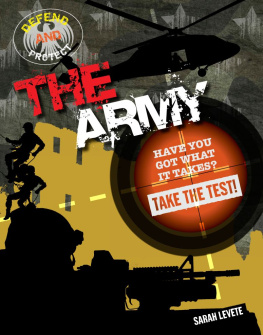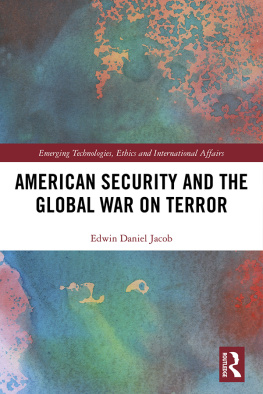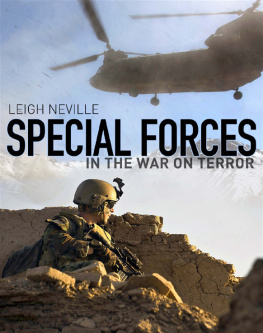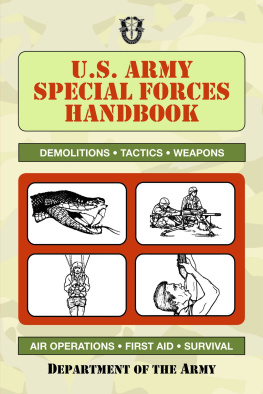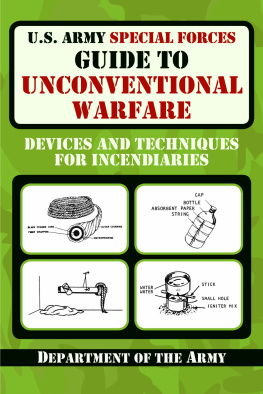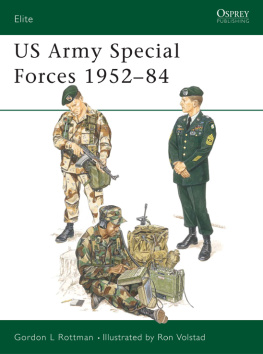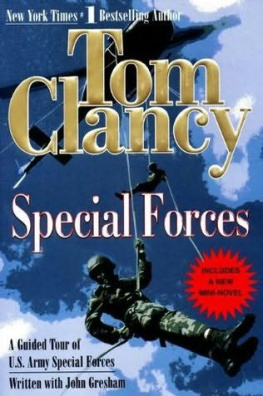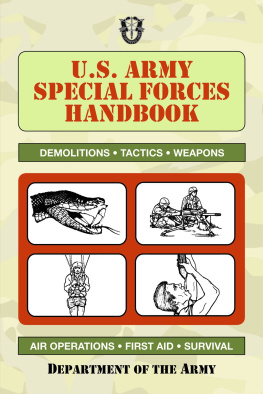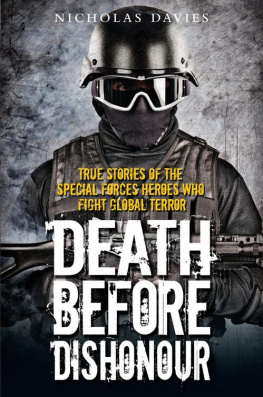
This edition is published by PICKLE PARTNERS PUBLISHING www.picklepartnerspublishing.com
To join our mailing list for new titles or for issues with our books picklepublishing@gmail.com
Or on Facebook
Text originally published in 2003 under the same title.
Pickle Partners Publishing 2013, all rights reserved. No part of this publication may be reproduced, stored in a retrieval system or transmitted by any means, electrical, mechanical or otherwise without the written permission of the copyright holder.
Publishers Note
Although in most cases we have retained the Authors original spelling and grammar to authentically reproduce the work of the Author and the original intent of such material, some additional notes and clarifications have been added for the modern readers benefit.
We have also made every effort to include all maps and illustrations of the original edition the limitations of formatting do not allow of including larger maps, we will upload as many of these maps as possible.
U.S. ARMY SPECIAL FORCES TRAINING FOR THE GLOBAL WAR ON TERROR
by
DANIEL C. MOLL, MAJ, USA
B.S., United States Military Academy, West Point, New York, 1990
TABLE OF CONTENTS
Contents
TABLE OF CONTENTS
ABSTRACT
U.S. ARMY SPECIAL FORCES TRAINING FOR THE GLOBAL WAR ON TERROR, by MAJ Dan Moll.
With USSOCOM assuming the role as supported command in the Global War on Terror, Army Special Forces will no doubt to play a primary role in that effort. The unspoken assumption seems to be that Americas new, unconventional foe will best be combated with Americas own unconventional warriors. It is unclear, however, if a force raised to conduct behind-the-lines operations against a large conventional enemy will remain the force of choice against al-Qaida and similar threats. This thesis central research question is: Is US Army Special Forces adequately prepared, and trained to fight the Global War on Terror?
This thesis examines the contemporary operating environment, the threat represented by al-Qaida, and whether it represents a traditional terrorist threat or a new, transnational insurgency. A review of both types of organization over the last century indicates that al-Qaida is, at this stage, merely a terrorist organization, and not an insurgency. However, al-Qaida sprang from a region that is ripe for insurgency should the terrorists choose to become more than what they currently are. Combating the threat posed by al-Qaida, then, seems to require both an aggressive counter-terrorist campaign and a simultaneous pre-emptive counter-insurgency. A review of current training indicates that Special Forces appears well prepared for both efforts with one glaring deficiency: foreign language proficiency.
ACRONYMS
USSOCOMUnited States Special Operations Command
USASOCUnited States Army Special Operations Command
USASFCUnited States Army Special Forces Command
CHAPTER I INTRODUCTION
Whether we bring our enemies to justice, or bring justice to our enemies, justice will be done. President George W. Bush, Address to Congress and the Nation
President George Bush spoke these words following the attacks of 11 September 2001 on the World Trade Center and the Pentagon (Bush 2001, 1). One month after the attacks, the United States opened its campaign to remove the Taliban government that had harbored the planners and perpetrators. While the Afghan government crumbled far sooner than generally predicted, the operation failed to obliterate the al-Qaida terrorist organization behind these and other attacks. Realizing the United States would have to pursue terrorist enemies beyond Afghanistan, President Bush declared a War on Terror, vowing to fight it wherever necessary (Bush 2001, 1). To most observers, he seemed to mean al-Qaida especially, and any other terror groups operating with global reach.
Owing perhaps to the United States Special Operations Commands (USSOCOMs) major contributions in rapidly bringing down the Taliban, as well as the perception that US unconventional warriors may be best suited for the job, USSOCOM will soon become the supported combatant command in this effort. This evolving emphasis will put special operations forces (SOF) in general, and Army Special Forces (SF) in particularorganizations established during the Cold War to deal primarily with Cold War targetsin the forefront of the fight against terrorism. While US Special Operations Forces are arguably the best suited to deal with this threat, the new emphasis does not mean that these forces are as well prepared as they might be. SOF, especially Army SF, possess many attributes that make them better suited to fight this war than their conventional military counterparts. However, the assumption has been that these forces are now fully prepared to wage the War on Terror, and little attention has been devoted to additional and unique training they may require to ensure full preparation.
Background
Todays Army Special Forces grew out of the World War II Office of Strategic Services (OSS) (Bohrer 2002, 73). Established early in the war to fill a void in the US military machine that mere military intelligence could not fill, the OSS employed a variety of intelligence and special operations operatives to collect sensitive information and harass the enemy behind his lines. Shut down at wars end, the OSSs missions were gradually transferred to two other postwar organizations: the Central Intelligence Agency and US Army Special Forces. Established in 1952 (Bohrer 2002, 74), Army Special Forces were originally to have operated in a Soviet-occupied Europe much as the OSS had operated in Axis-occupied areas during World War II. Organized in small, multi-functional, 12-man teams, the Operational DetachmentAlpha, or ODA was the building block of SF units. It was designed to provide all the skills required to equip, train, advise, and, if necessary, lead up to battalion-sized foreign resistance elements operating behind enemy lines, at great distance from US support. Seen by some as an ideal counter-guerrilla force, Army Special Forces went to Vietnam soon after their creation to help South Vietnam counter its Communist insurgency. This organizational and operational mold persisted for the rest of the Cold War. Special Forces primary orientation was to assist friendly governments in defeating Communist supported insurgencies and, in the event of general war with the Soviet Union, to support movements resisting Soviet occupation. As the only standing special operations force for many years, Army Special Forces were expected to conduct direct action, or commando raids, and to engage in extremely long range, special reconnaissance. With the emergence of the international terrorist threat in the 1970s, Special Forces also seemed the ideal force for counter-terrorist operations. Special Forces today essentially comprise the same organization and training to discharge the same missions for which they had prepared throughout the Cold War (Cf. Skinner 2002, 19). Working with indigenous forces, they helped win impressive victories that ultimately overthrew the Taliban, and Special Forces now seem destined to play a major role in almost all future actions in the War on Terror. This thesis examines what specific training an SF soldier will require to effectively wage that war.




